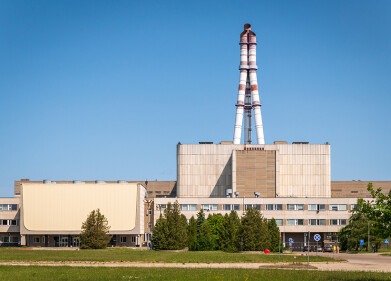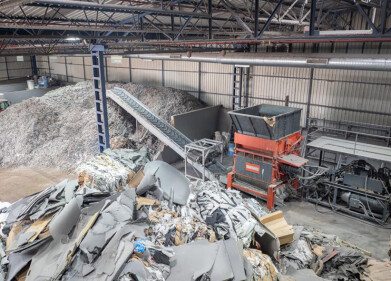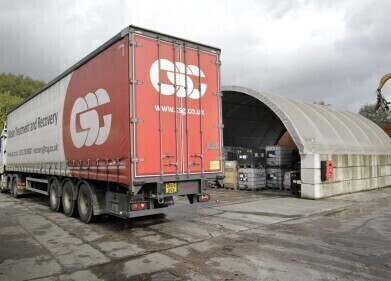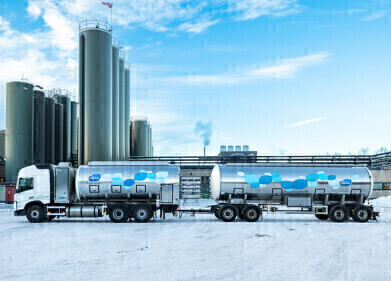Hazardous waste
5 Types of Hazardous Waste
Sep 07 2022
Hazardous waste is a broad term used to refer to any substance which could potentially endanger the health of either the local human population or the environment in the surrounding area in which it is deposited. For that reason, special precautions must be taken when disposing of hazardous waste to ensure that any negative effects are avoided.
Hazardous waste is most commonly produced by industrial or commercial activities, such as construction or demolition sites, for example, but individual citizens living in private households can also create it. To help you stay on top of what constitutes hazardous waste and what doesn’t, here’s a rundown of the most common items which require special attention. However, it should not be regarded as a comprehensive list and should never serve as a substitute for professional advice on the subject.
e-waste
Electronic waste, known as e-waste for short, is potentially damaging to the environment due to the high number of metallic elements contained within it. This includes things like computers, phones, televisions and other technological gadgetry. The good news is that these very same polluting elements are in-demand resources, so recycling them is a win-win for all sides. Fortunately, many electrical retailers accept e-waste donations, even if the product was not bought from them.
Universal waste
These wastes could pose problems for the environment if disposed of alongside your normal household rubbish. They fall into five general categories:
- Aerosol cans
- Batteries
- Light bulbs, lamps and other lighting fixtures
- Mercury-containing products
- Pesticides
In order to safely dispose of these products, it may be possible to arrange for collection of them from your home address by your local council. If not, you should go to your nearest hazardous waste recycling and disposal point to get rid of them.
Contaminants of emerging concern (CECs)
Given that new chemicals and compounds are being developed and released into the world all the time, it’s only logical that our knowledge of them is limited. In particular, the impact of contaminants of emerging concern on the environment and on human health remains a subject under research. It doesn’t help that many of these substances can endure in the atmosphere for a substantial amount of time, potentially reaching harmful concentrations. As such, care must be taken when disposing of the cosmetics, pharmaceuticals and other consumer products which contain them.
Radioactive waste
This category is generally limited to large-scale industrial plants and sites, but can occasionally be produced at more localised sources. Most commonly generated through power plants, weapons factories, medical facilities, rare-earth mining sites and nuclear research activities, it must be specifically dealt with so as to avoid unnecessary human exposure to the radioactive properties of the waste.
Contaminated waste
Many substances are not regarded as hazardous at all – until they become contaminated with other hazardous materials. For example, wastewater is often repurposed to irrigate crops in the agricultural industry and is not deemed hazardous prior to this application. However, any agricultural run-off experienced after the fact may qualify the wastewater as hazardous due to the amount of fertilisers, pesticides and herbicides it has absorbed.
Events
May 18 2025 Algiers, Algeria
23rd International Water Management Exhibition
May 20 2025 Prague, Czech Republic
Singapore International Water Week Spotlight 2025
Jun 23 2025 Singapore
Jun 25 2025 Sao Paulo, Brasil
Jul 02 2025 Bangkok, Thailand














